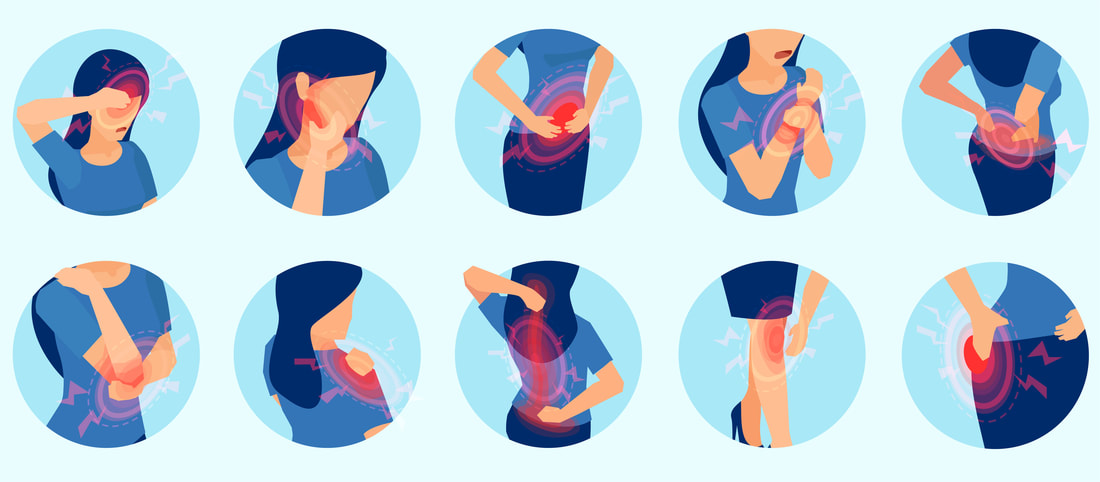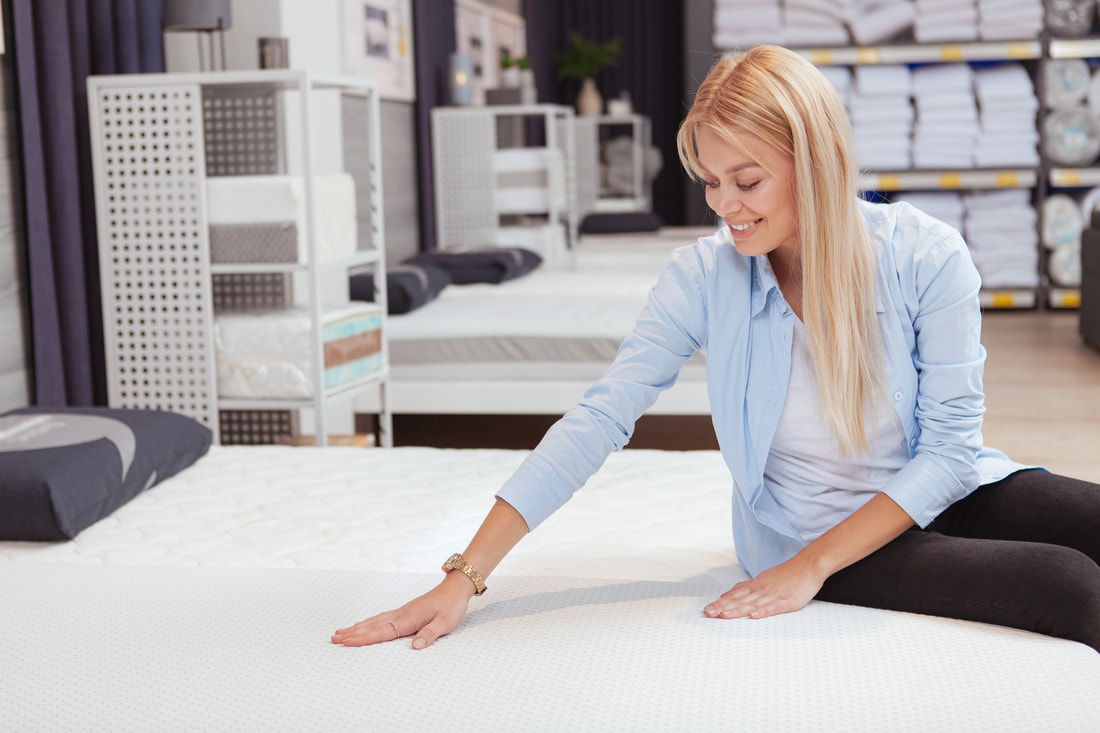|
This is such a common thing to have happen anywhere from our teens onwards. It's so easy to accept this as normal for you especially if your back does free up quickly after getting out of bed but this is another one of those body signals that you have the start of 'something's-not-right' and needs attention. In this post I'll discuss some possible factors that could be contributing to your morning's discomfort and strategies to try first that may well help you. Musculoskeletal IssuesOne of the most common reasons for a disturbed night's sleep is pain or discomfort from muscles and joints. Depending on what is going on for you the following suggestions may only help to a certain extent and the main focus may need to be on correcting your spine. If you haven't already been in touch with me I encourage you to look into each of the following recommendations to see what difference they make. If you have any questions, feel free to get in touch. Sleeping PositionSide sleeping is the optimum position for your back, neck, internal organs and breathing. There are all sorts of reasons why this may not be comfortable for people and if this is you, this is a key factor to address where possible. For my line of work I'm thinking of musculoskeletal reasons why you may not be comfortable in this position. Perhaps you get shoulder pain, or pins and needles or hip pain. Whatever those types of symptoms it's likely that you don't have to put up with them if you get your body corrected. Side sleeping is best for the open ventilation of the airways too. Sleeping on your front often contributes to low back discomfort as the curve in the lumbar spine arches more. Turning your head to one side will also create tension in the neck and shoulders and tends to flatten the thoracic kyphosis (mid back curve). Optimum positioning of your head is helped by getting your pillow height just right... Your PillowThis is the easiest and cheapest thing to change first. Lying on your side you're looking to keep your head inline with the rest of your spine. This is done by trial and error using layers of foam for a pillow. Alternatively you can use layers of towels under a thin pillow. To find the correct number of layers you will need to test it out. As a rule of thumb: If your pillow is too low your shoulders will feel rounded forwards and you'll feel like your body wants to roll forwards - add a layer. If your pillow is too high you'll feel like your body wants to roll backwards - take a layer away. Stick with it, you will find the 'sweet spot'! Your MattressHow do you relax in the evening?The position in which you relax in the evenings has the potential to prime your body for discomfort the following morning. One of the worst things for our spine is to sit slumped and twisted on a soft sofa (at any time of day) despite being comfortable at the time. Sadly it's also quite a good way to undo your Chiropractic adjustments too. How do you usually sit? Which way does your spine flex? Which way do your hips twist? What's happening in the knee and ankle joints? Could you sit as comfortably the opposite way round? This tells you a lot about which discs, ligaments, muscles and joints you're repeatedly stressing and possibly resetting the issues that you wanted to resolve. It's worth being aware of this so that you can make a more informed choice about what you sit on and how you sit on it. Comments are closed.
|
AuthorSarah Bedford Recent PostsCategories
All
|




 RSS Feed
RSS Feed


